What It Took to Build the Screens We See Today
Before your local coffee shop could flash a limited-time offer on a digital screen, it took over 150 years of experimentation, rivalry, innovation—and a little luck.
Today, digital signage is a cornerstone of modern business. But it’s easy to forget that the glowing panels guiding your drive-thru order are the end result of a global race through physics, engineering, war, and consumer revolution
Here’s the story…
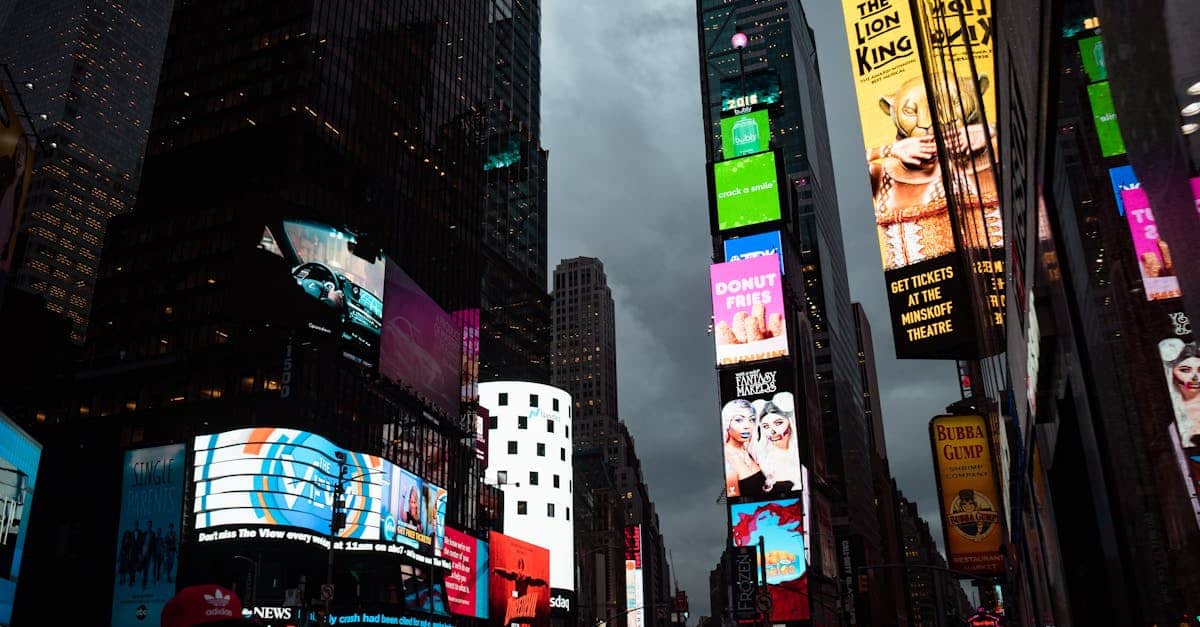

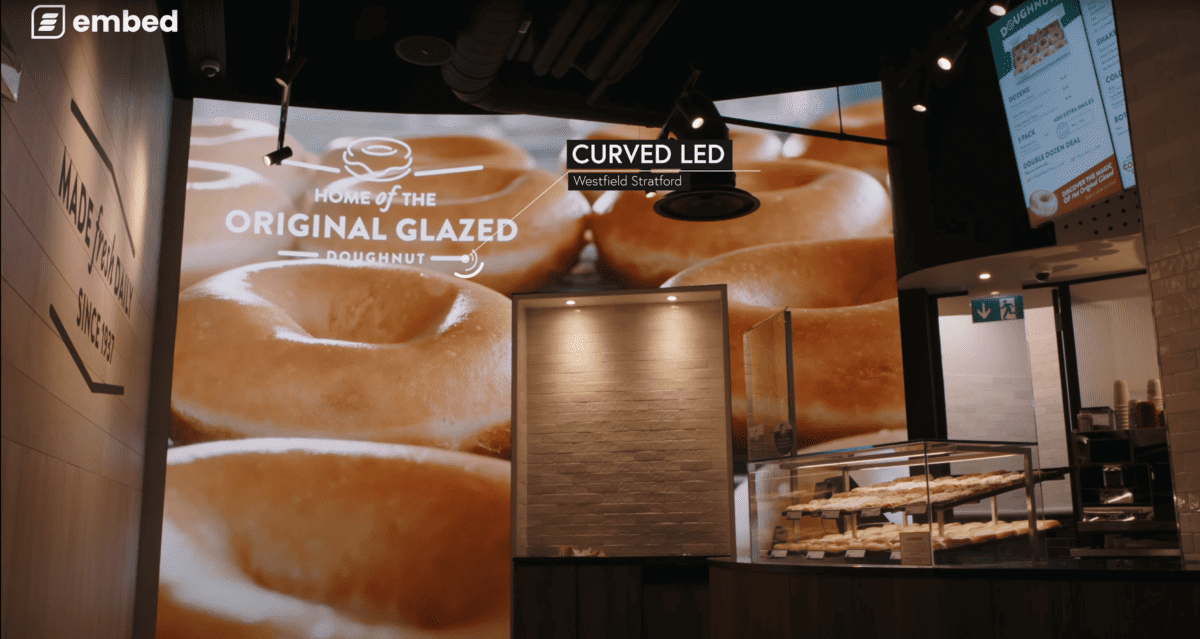










The Early Foundations
The journey starts not with screens, but with streams of electrons.
In 1869, German physicist Johann Hittorf discovered cathode rays—charged particles that move through a vacuum tube. This discovery was refined over decades, culminating in Karl Ferdinand Braun inventing the cathode-ray tube (CRT) in 1897.
Enter Philo Farnsworth, a 14-year-old farm boy in Utah who, in 1921, drew a design on his chalkboard that would become the blueprint for electronic television. Six years later, in 1927, Farnsworth transmitted the world’s first electronic image: a simple line. It was a seismic moment in screen history.
“There’s nothing on Earth that can compare with television. It is a window on the world.”
Philo Farnsworth
The Television Boom
In 1935, Germany aired the first public TV broadcast. The UK followed in 1936 with the BBC. By the 1950s, television had become a fixture of Western living rooms, largely powered by CRTs.
Though rudimentary by modern standards, these early screens brought real-time visuals into people’s homes for the first time—an early taste of what public digital signage would later offer in commercial spaces.

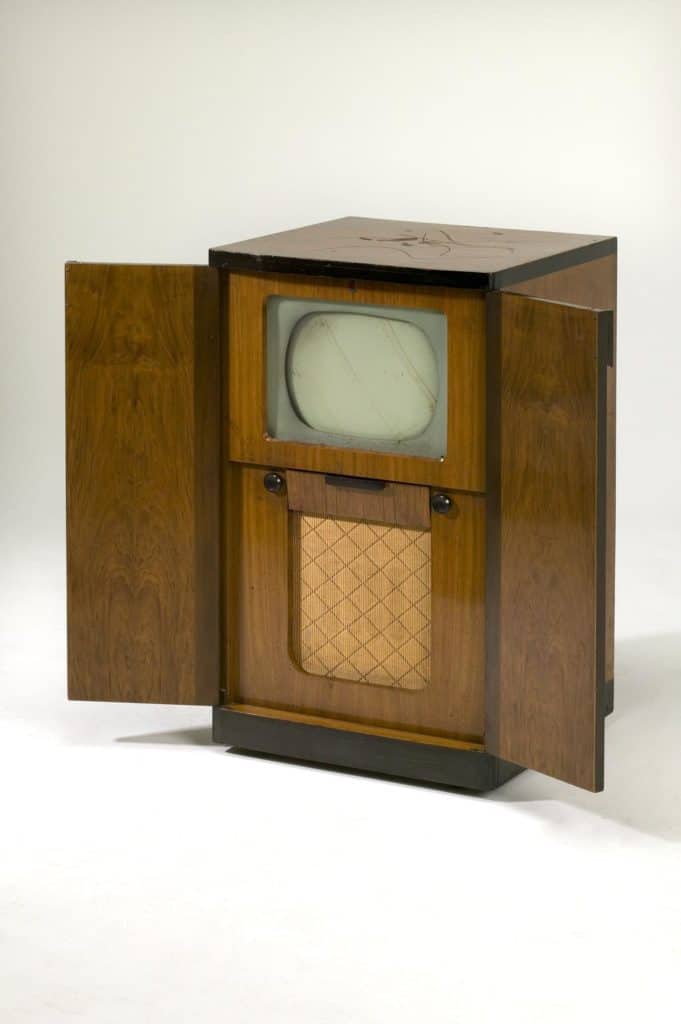






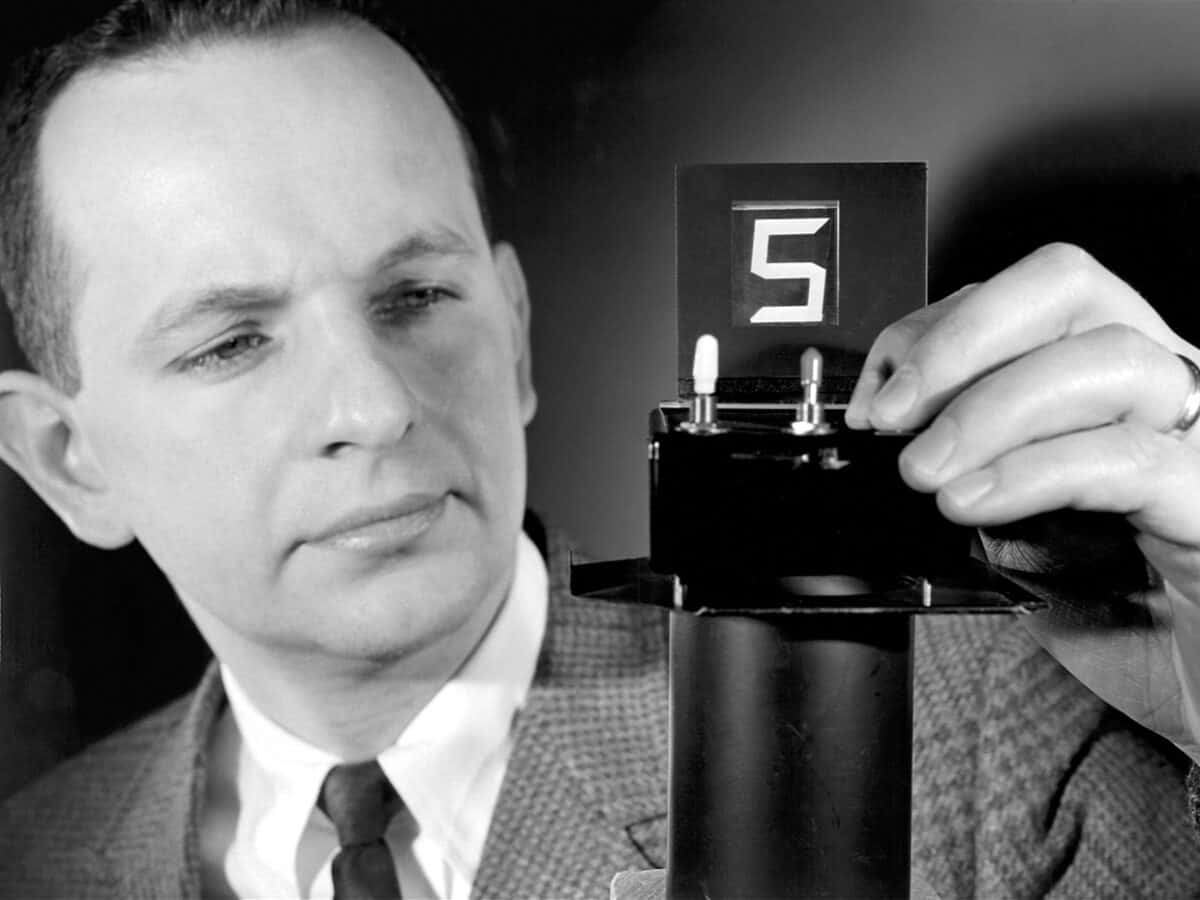

The Flat Panel Breakthrough
As space programs and Cold War tech accelerated display research, new materials emerged
- 1962 – Nick Holonyak Jr. invents the first visible-spectrum LED (light-emitting diode)
- 1964 – James Fergason develops twisted nematic liquid crystal displays (LCDs)
- 1968 – RCA introduces the first LCD prototypes
While still expensive and experimental, these breakthroughs laid the groundwork for flat, low-power displays—the very technologies used in modern digital signage.
“Our work was seen as a curiosity in the ’60s. Today it’s everywhere—phones, dashboards, menus.”
James Fergason
The Commercial Display Explosion
In the 1980s:
- LCD screens became mainstream in watches, calculators, and handheld games
- LED matrix displays started appearing on trains, stock tickers, and event venues
- Plasma screens entered the market, enabling larger, brighter displays
By the 1990s, companies like Sharp and Sony were producing flat-panel displays for business and advertising. Times Square’s digital billboards became cultural icons, blending spectacle and commerce.

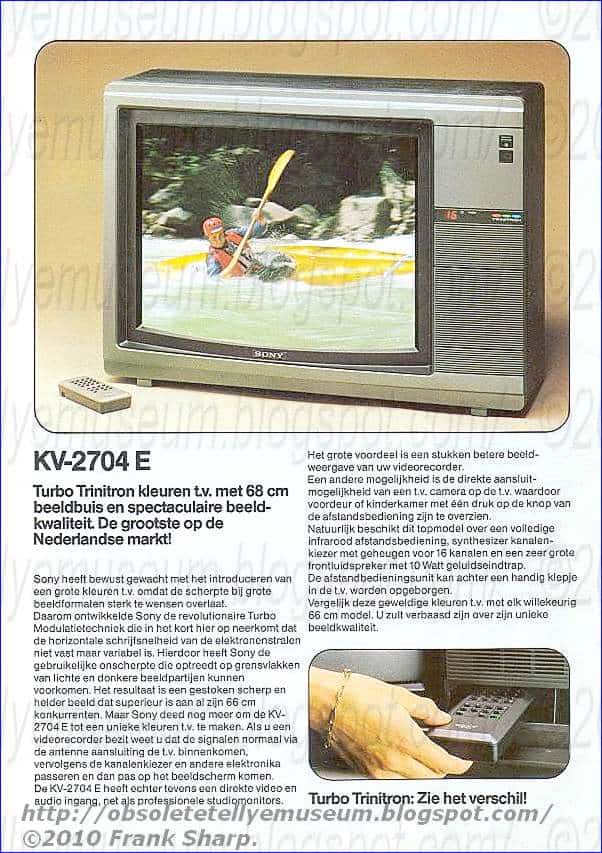





The Rise of Digital Signage
As space programs and Cold War tech accelerated display The term “digital signage” took off in the early 2000s, as businesses began deploying networked displays for real-time communication:
- Supermarkets used them for pricing updates
- Fast food chains displayed dynamic menus
- Airports and transport hubs installed passenger information
- Content management systems (CMS)
- Internet-connected displays
- Interactive touchscreens
“Digital signage was no longer static content on a loop—it became a live platform for engagement.”
David Keene
former editor of Digital Signage Magazine
The Smart Screen Era
The 2010s saw an explosion of smart displays powered by:
- Cloud software
- AI and analytics
- Touch and motion sensors
- Mobile interactivity
Screens stopped being one-way broadcasts. They began reacting to audience presence, time of day, stock levels—even facial expressions.
This shift has changed how brands communicate in physical spaces.






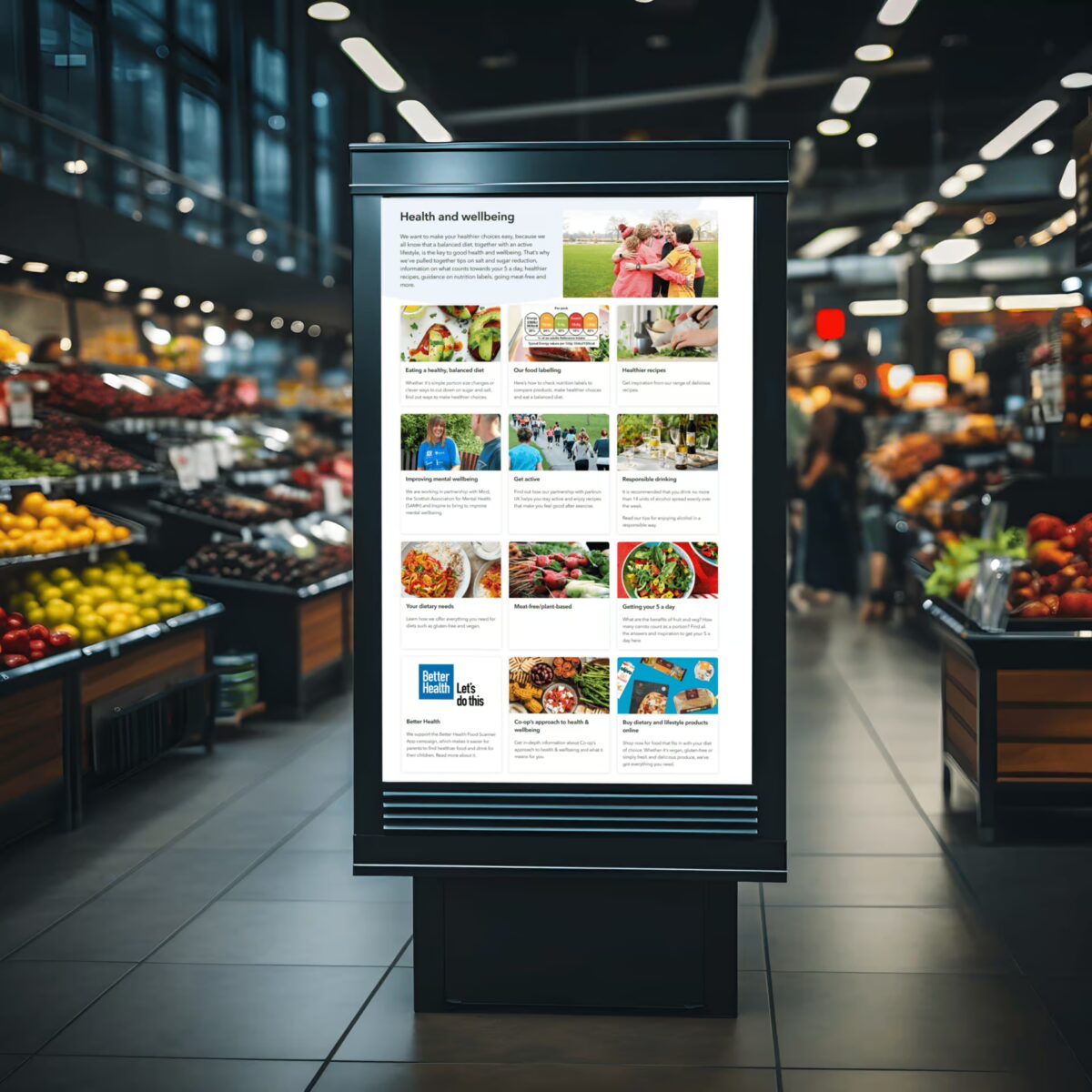



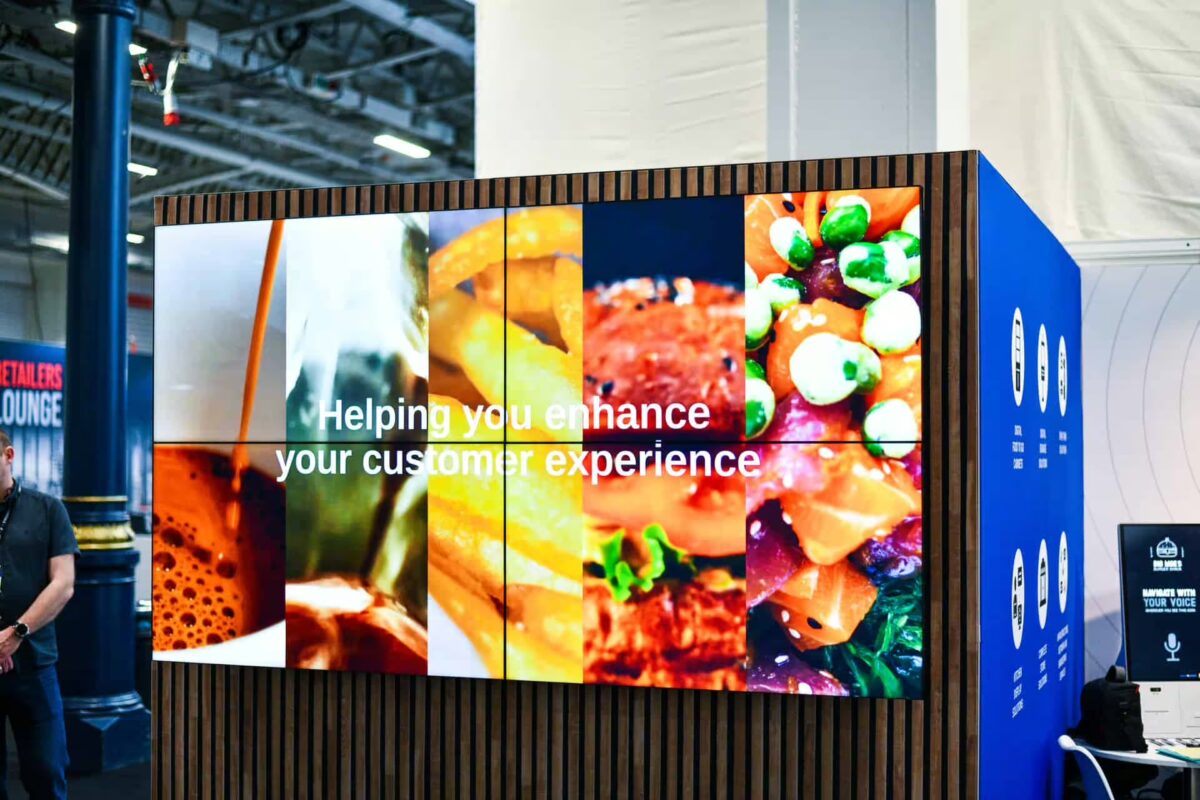
Signage as Strategy
Today, digital screens are essential to modern retail and hospitality—not as gadgets, but as operational tools. Companies like Theravada are at the forefront of this next wave.
✅ Real-time content control across every screen
✅ Drive-thru sync with POS and inventory
✅ Cloud CMS that unifies in-store and roadside menus
✅ Custom Digital Signage
✅ Hardware-agnostic deployment across any environment
✅ Video Walls
✅ Analytics + automation that elevate engagement
✅ Digital Shelf Edges
Whether it’s a quick-service restaurant, a pharmacy, or a boutique gym, Theravada’s signage solutions turn screens into strategy.
AI-Powered Displays
The most modern digital signage now incorporates artificial intelligence to go beyond simple display and become a responsive, context-aware part of the customer experience.
✅ Demographic identification to tailor content by age, gender, and engagement
✅ Sensors that detect motion, presence, or product interaction to trigger relevant messaging
✅ Environmental data inputs like weather, time of day, or location to shape promotions
✅ Real-time surfacing of operational data—such as low stock alerts or queue times—to inform both customers and staff
✅ Programmatic ad placement driven by audience data and inventory levels
✅ Cross-platform integration with mobile apps, loyalty systems, and store infrastructure
✅ Predictive content scheduling that optimises for engagement and conversion
These technologies turn digital displays into smart, adaptable platforms that not only inform and attract, but also react, learn, and optimise in real time—bringing true intelligence to the physical retail environment.





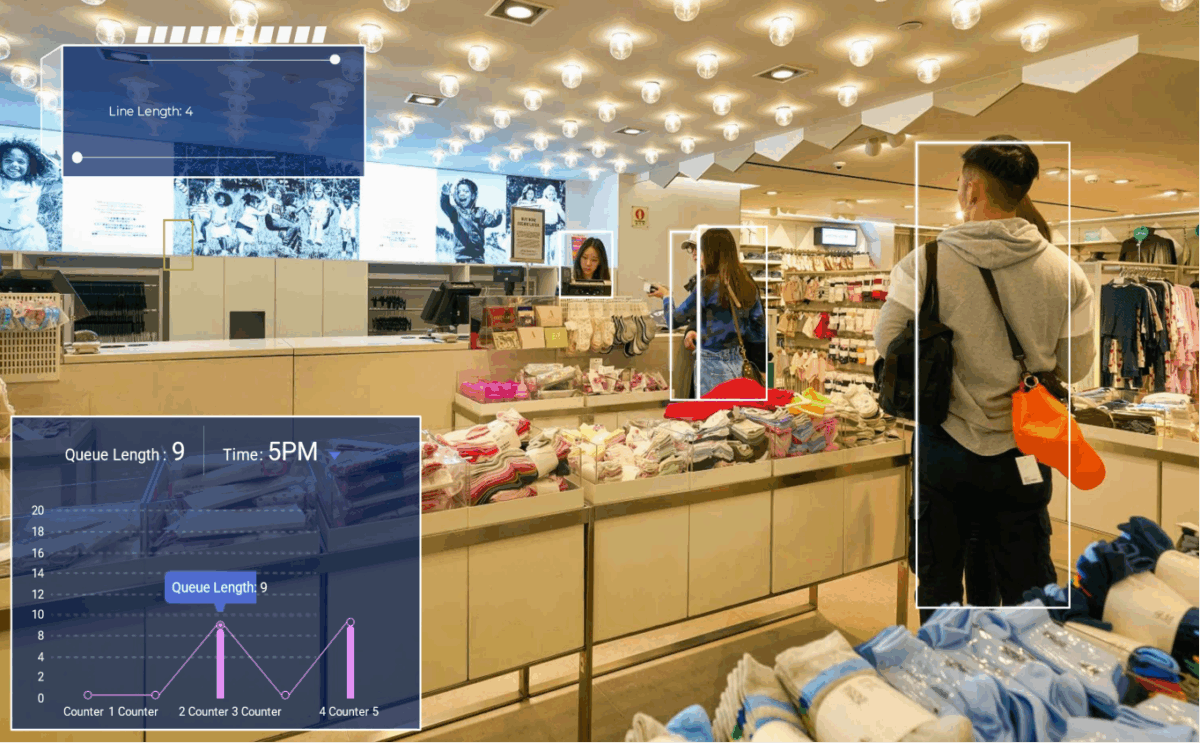
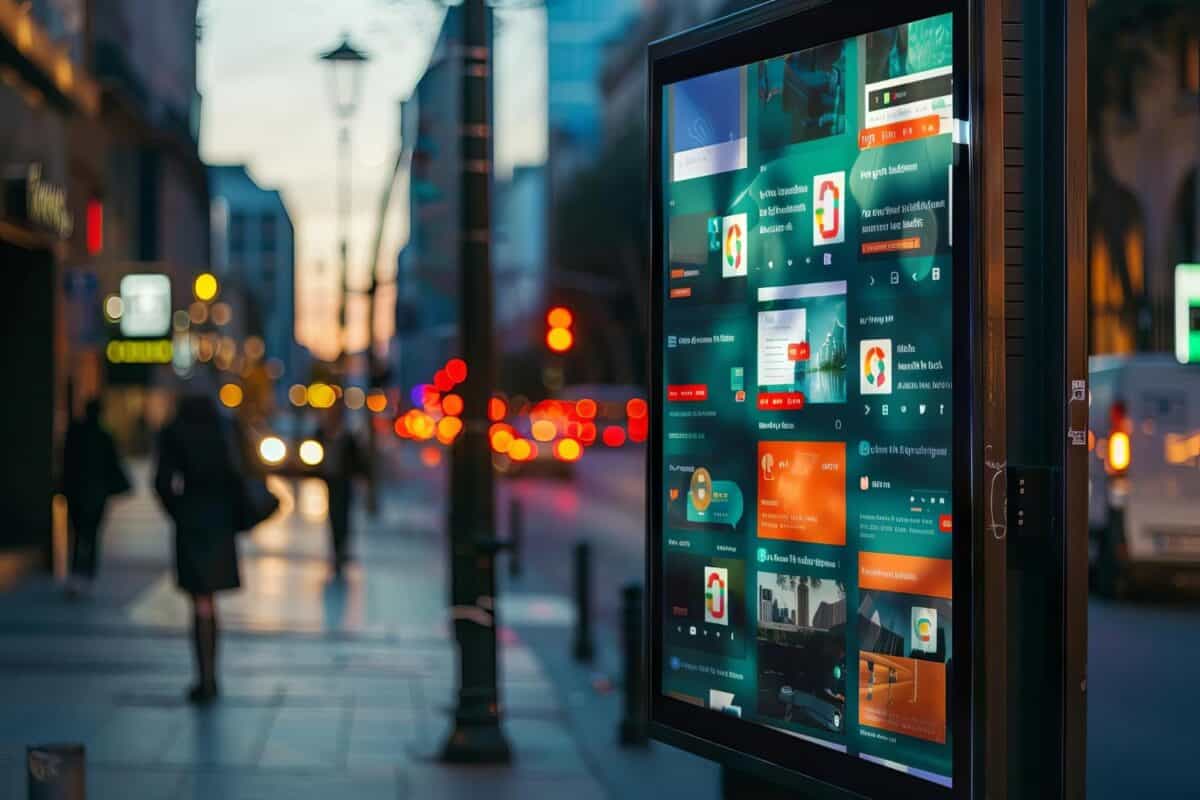

“Digital signage is the only advertising medium that can change based on what’s in front of it.” –
Dave Haynes
founder, Sixteen:Nine

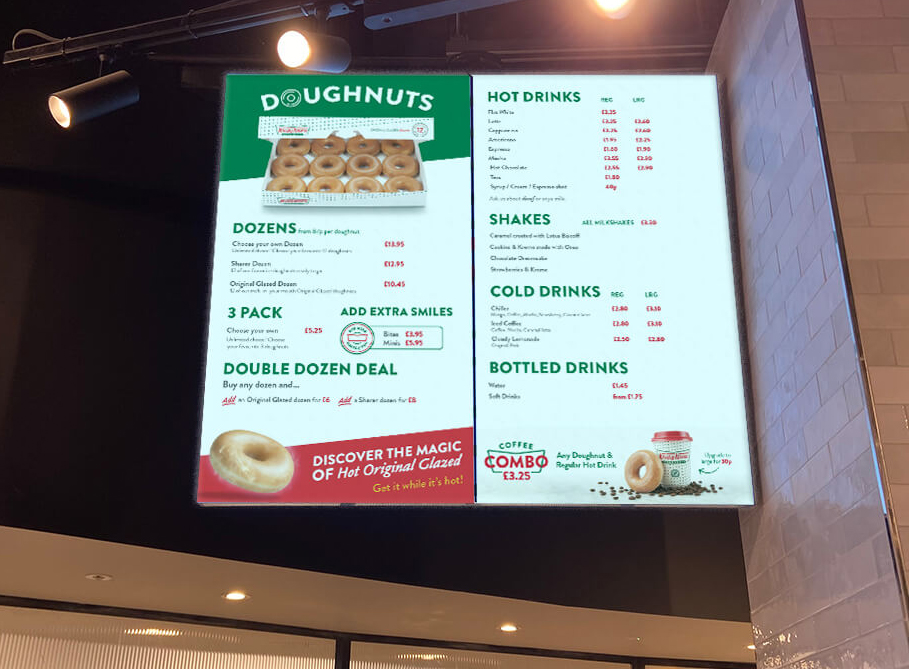



THE SILVER SCREEN
DIGITAL SCREENS IN FILM
Before CGI took over, movie magic relied on matte paintings and green screens. But today’s film sets are powered by immersive digital environments.
Series like The Mandalorian replaced static backdrops with StageCraft LED walls—giant, wraparound screens that display 3D landscapes in real time. These screens respond to the camera’s position, creating lifelike lighting and depth with no need for post-production trickery.
On the other side of the lens, fiction imagined the future long before the tech arrived. From Minority Report’s gesture-controlled glass panels to Iron Man’s floating holograms, digital screens in cinema have inspired engineers as much as audiences. The line between screen and story is thinner than ever—and often, reality is racing to catch up.
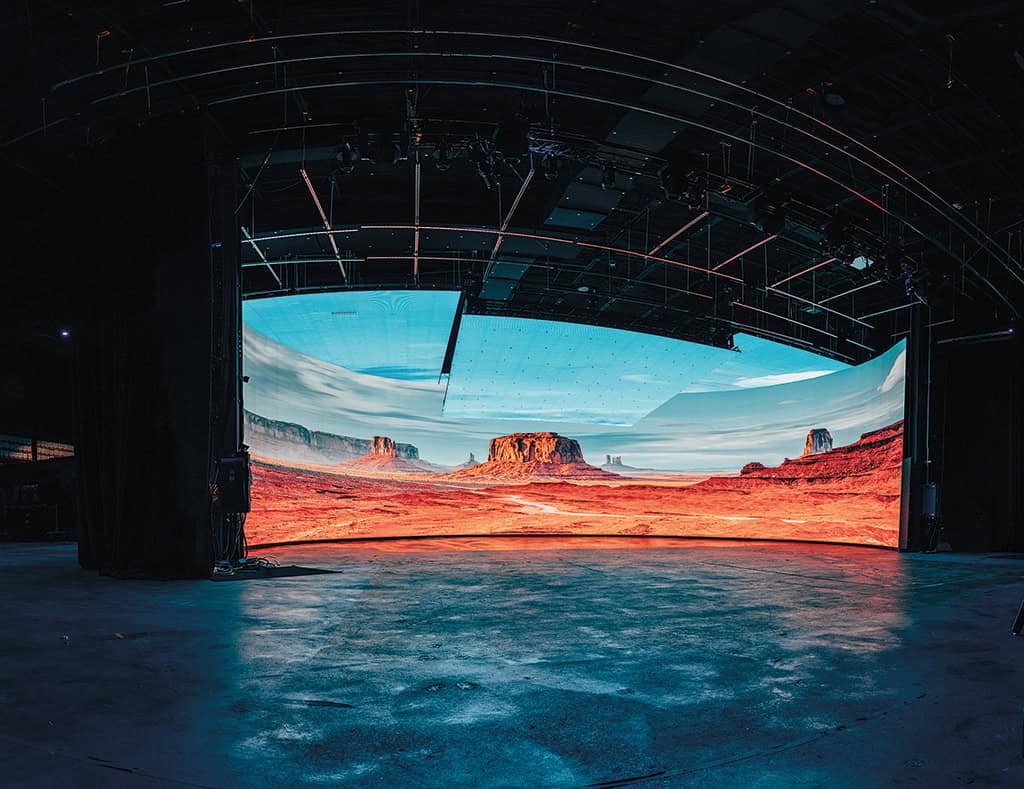










THE EDGE OF DISPLAY
WHAT’S BEYOND THE SCREEN?
Screens are shrinking—and in some cases, disappearing. Devices like Google Glass and Apple Vision Pro have redefined displays as something you wear, not hold. These headsets overlay digital content on the real world, unlocking new ways to work, play, and interact.
But what comes after that?
Startups like Mojo Vision are building AR contact lenses, companies like Meta are investing heavily in next-gen smart glasses that combine AI, audio, and spatial awareness into everyday eyewear. And beyond all that? Brain-computer interfaces like Neuralink could beam visuals directly into the brain, bypassing screens entirely. The future of digital signage may not be signage at all—it might be invisible, ambient, and everywhere.
From phosphors in a vacuum tube to cloud-controlled retail ecosystems, the digital screen has transformed how humans see, learn, and buy. It’s no longer just about showing content—it’s about owning the moment.
Theravada’s signage platform is the result of a century-long evolution. The tech might have changed—but the mission remains the same: captivate, inform, and connect.
Why Partner with Theravada for Digital Signage?
Our clients choose us not just for our powerful digital signage systems, but for our deep expertise and unwavering service. With over 30 years of experience delivering smart display solutions across hospitality and retail, we believe digital signage should amplify your team’s impact—not replace it
